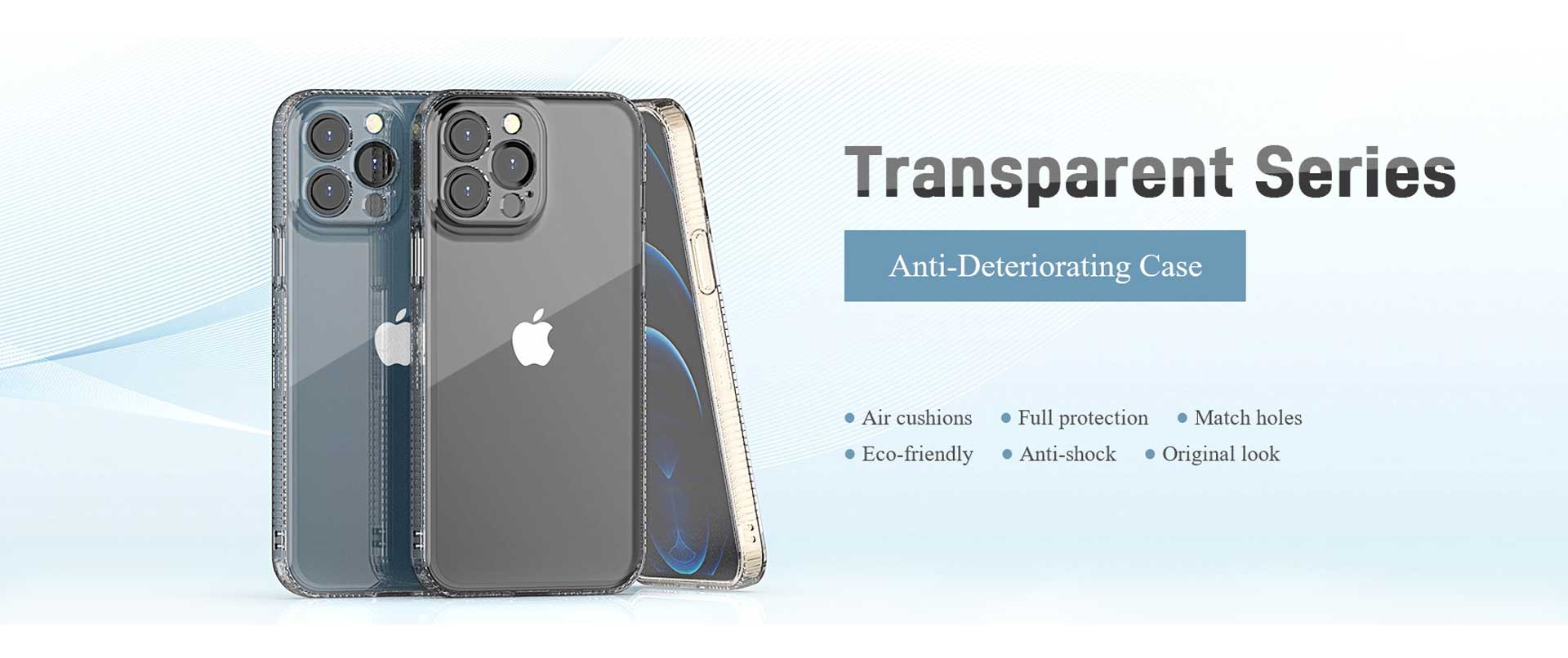
Do you know what PD is? The full name of PD is Power Delivery, which is a unified charging protocol developed by the USB Association to unify connectors through USB Type C. Ideally, as long as the device supports PD, no matter whether you are a notebook, tablet or mobile phone, you can use a single charging protocol. A USB TypeC to TypeC cable and a PD charger are used to charge.
1.Basic Concept of Charging
To understand PD first, we must first understand that charging speed is related to charging power, and power is related to voltage and current, and this is connected to the electrical formula.
P<power> = V<voltage> * I<current>
So if you want to charge faster, the power must be high. To increase the power, you can increase the voltage, or you can increase the current. But before there is no PD charging protocol, the most popular USB2.0 standard specifies that the voltage must be 5V, and the current is only 1.5A at most.
And the current will be limited by the quality of the charging cable, so in the early stage of the development of fast charging, the main purpose is to increase the voltage. This is compatible with most transmission lines. However, since there was no unified charging protocol at that time, various manufacturers developed their own charging protocols, so the USB Association launched Power Delivery to unify the charging protocol.
Power Delivery is more powerful in that it not only supports low-power charging of devices, but also supports charging of high-power devices such as notebooks. Then let's learn about the PD protocol!
2.Introduction to power delivery
There have been three versions of PD so far, PD / PD2.0 / PD3.0, among which PD2.0 and PD3.0 are the most common. PD provides various levels of profiles according to different power consumption, and supports multiple A variety of devices, from mobile phones, to tablets, to laptops.

PD2.0 provides a variety of voltage and current combinations to meet the power requirements of various devices.

The PD2.0 has a requirement, that is, the PD protocol only supports charging through USB-C, because the PD protocol requires specific pins in USB-C for communication, so if you want to use PD to charge, not only the charger and the To support the PD protocol, the terminal device needs to be charged through USB-C through a USB-C to USB-C charging cable.
For notebooks, a relatively high-performance notebook may require a 100W power supply. Then, through the PD protocol, the notebook can apply for a 100W (20V 5A) profile from the power supply, and the power supply will provide the notebook with 20V and a maximum of 5A. Electricity.
If your mobile phone needs to be charged, then the mobile phone does not need a high wattage power supply, so it applies for a 5V 3A profile with the power supply, and the power supply gives the mobile phone 5V, up to 3a.
But PD is only a communication agreement. You can find that the terminal device and the power supply applied for a certain profile just now, but in fact, the power supply may not be able to provide such a high wattage. If the power supply does not have such a high power output, the power supply will reply. This profile is not available for the terminal device, please provide another profile.
So in fact, PD is a language for communication between the power supply and the terminal device. Through communication, a suitable power supply solution is coordinated. Finally, the power supply is output and the terminal accepts it.
3.Summary - PD Protocol
The above is the "approximate" introduction of the PD protocol. If you don't understand it, it's okay, it's normal. You only need to know that the PD protocol will gradually unify the charging protocol in the future. Your laptop can be directly charged through the PD charger and the USB Type-C charging cable, as will your mobile phone and your camera. In short, you will not need to charge in the future. A bunch of chargers, you only need one PD charger. However, it is not just a PD charger. The whole charging process involves: the charger, the charging cable and the terminal. The charger must not only have enough output wattage, but also the charging cable must have enough capacity to The fastest speed to fully charge your device, and maybe you can pay more attention next time you buy a charger.
Post time: Apr-13-2022





